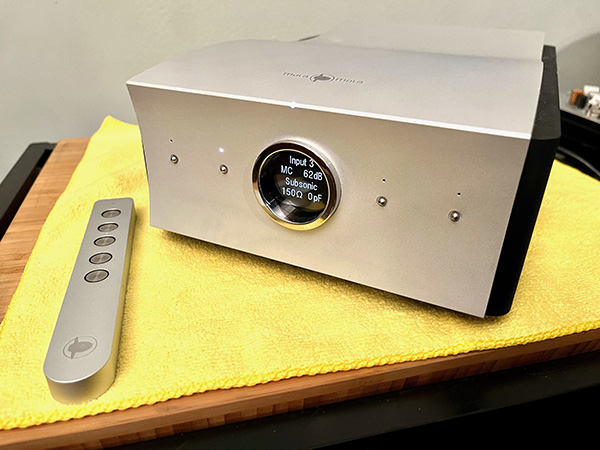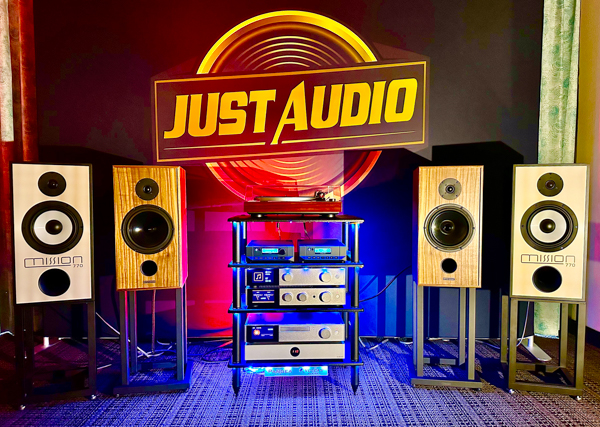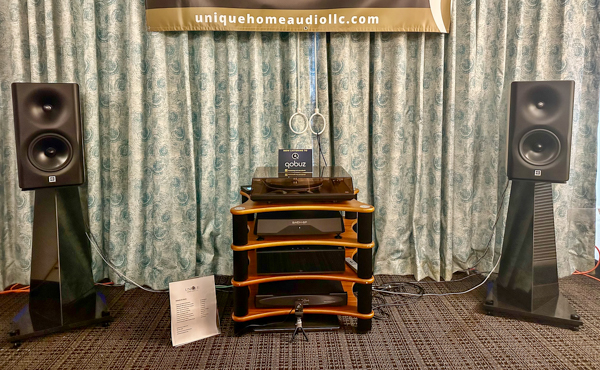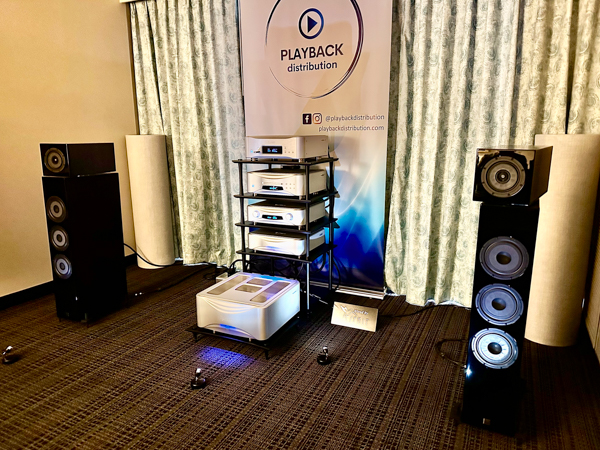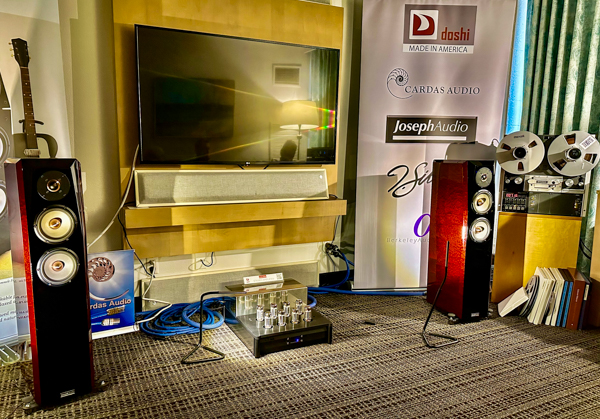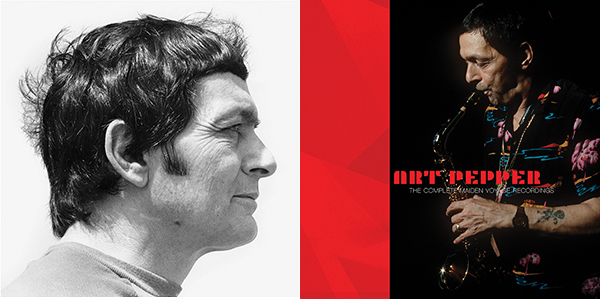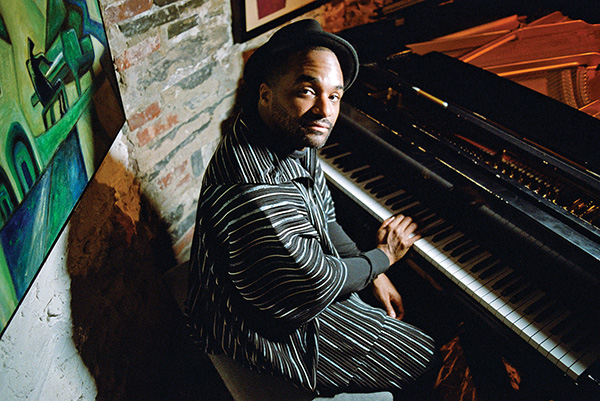
Gramophone Dreams #82: IKIGAI Kangai-level cables, dCS Lina headphone amplifier
Gramophone Dreams #82: IKIGAI Kangai-level cables, dCS Lina headphone amplifier

- Read more about Gramophone Dreams #82: IKIGAI Kangai-level cables, dCS Lina headphone amplifier
- Log in or register to post comments

